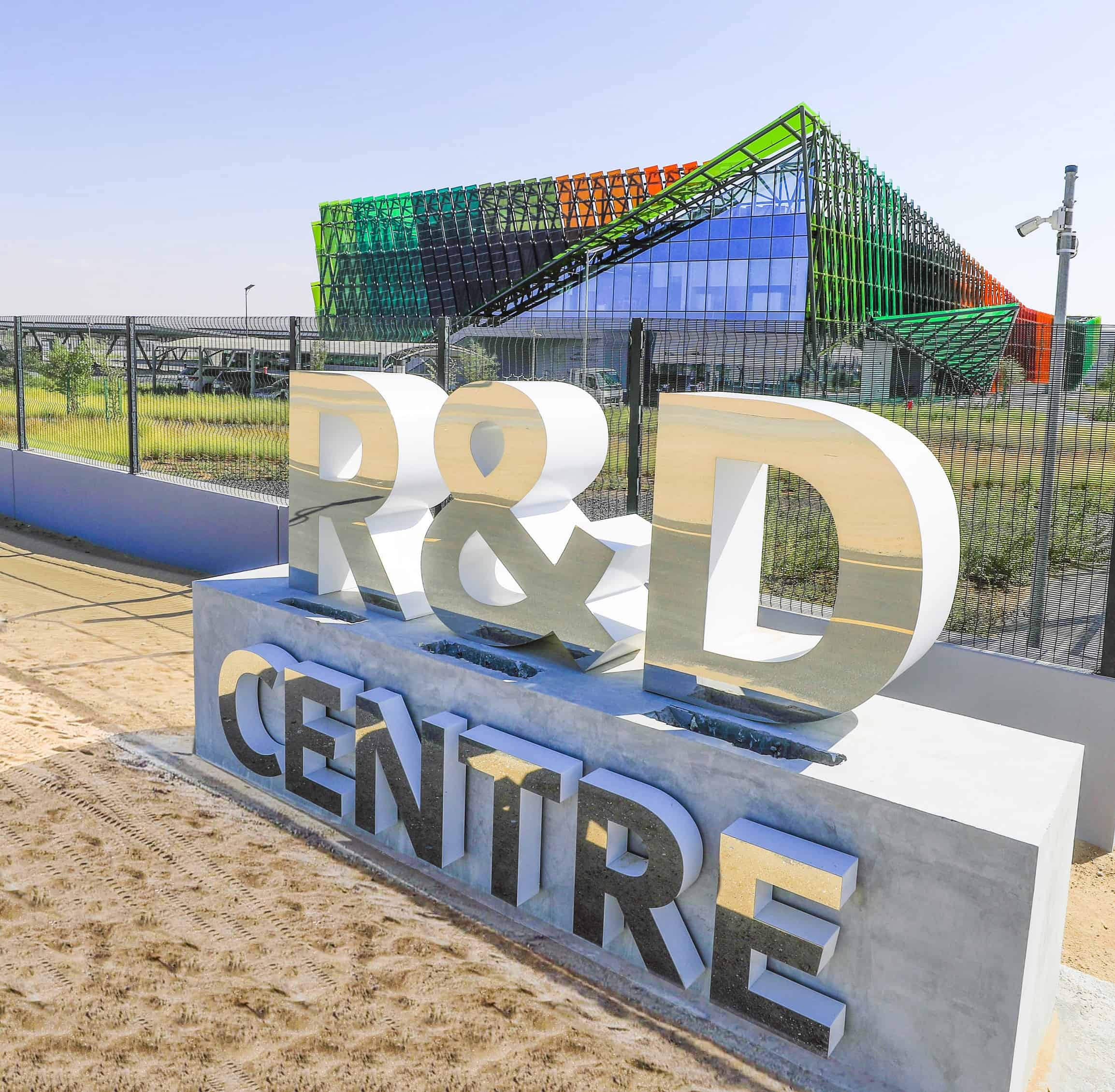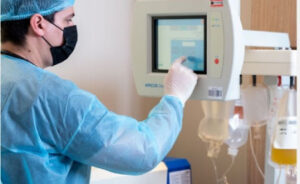Dubai Electricity and Water Authority (DEWA)’s Research Center, Infra X and Wyld have combined to develop satellite Internet of Things (IoT) terminals for DEWA’s 3U nanosatellite, DEWA-SAT1.
Infra X is the IT and telecommunications arm of Digital DEWA, while Wyld is a British technical firm.
DEWA launched it as part of its Space-D program and became the first utility worldwide to use nanosatellites to improve the operations, maintenance, and planning, of electricity and water networks.
The center developed the satellite IoT terminals to connect DEWA’s assets to the satellite directly and be suitable for grid applications, where it links IoT sensors to DEWA’s nanosatellites.
It also provides hybrid connectivity with both the Long-Range (LoRa) IoT terrestrial network operated by InfraX, and DEWA’s nanosatellites.
This will expand the coverage of DEWA’s existing LoRA IoT Terrestrial network, which connects remote assets directly with the nanosatellite.
Moreover, it won’t require the need for ground gateways or satellite ground stations to send the data.
Once the satellite constellation is in operation, data collection from remote assets can be collected at a fraction of the cost and time to extend the terrestrial network coverage.







